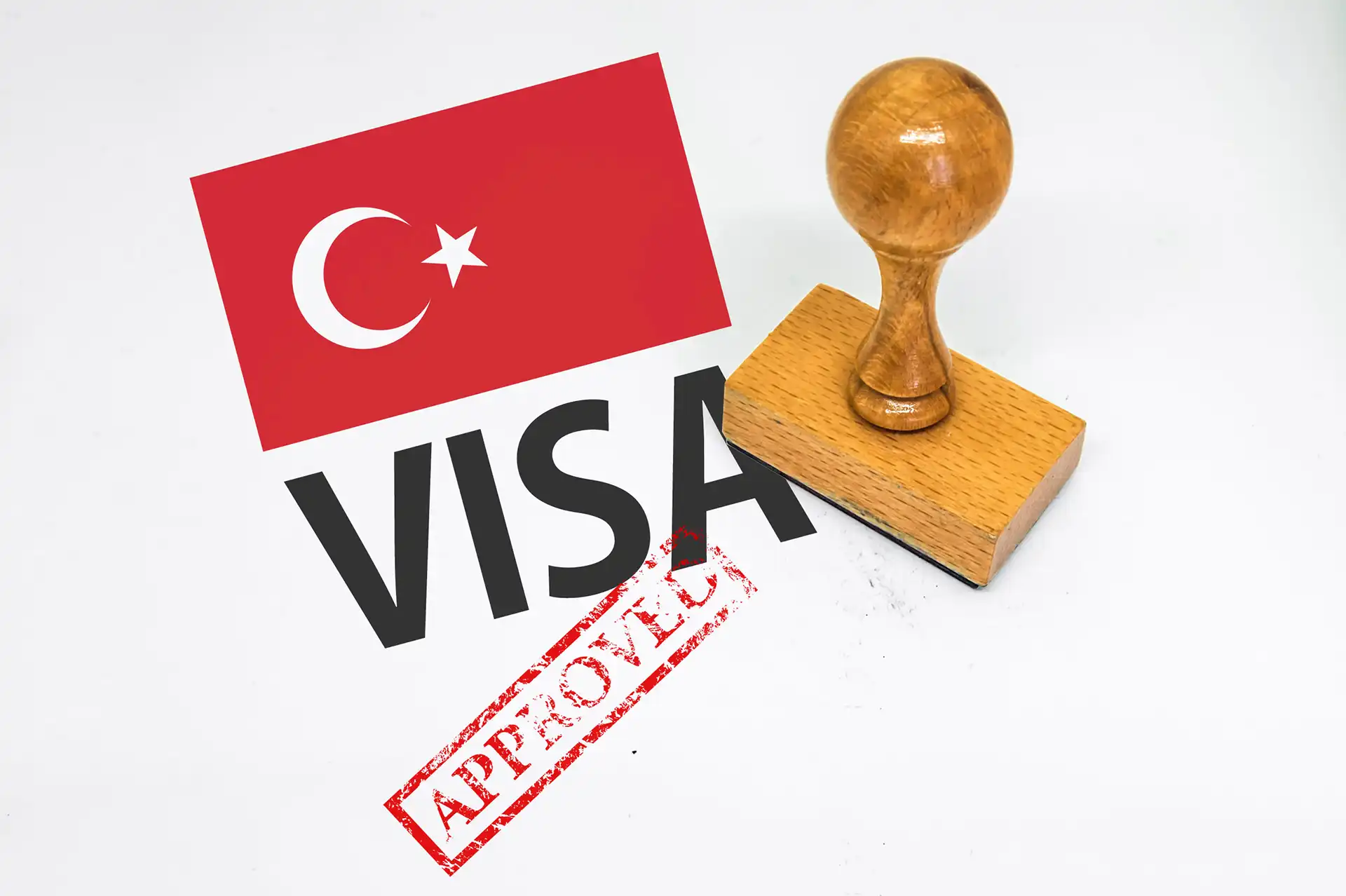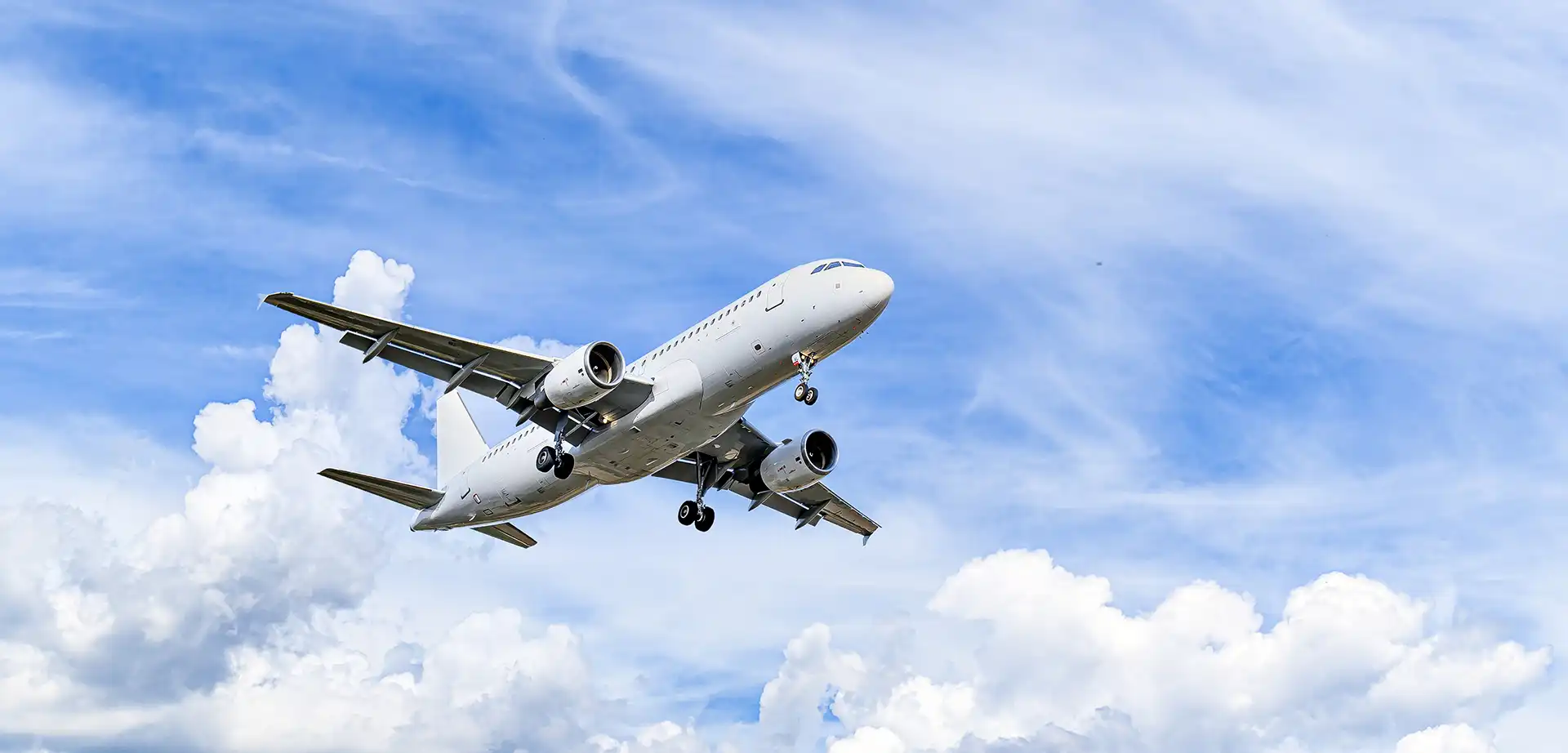
US Visitor visa
Table of contents
- Table of contents
- Visiting the US
- Visitor visa validity and duration of stay
- Visitor visa categories
- US Visitor visa requirements
- US Visitor visa application
- Visitor visa interview
- When to apply for Visitor visa
- Where to apply for Visitor visa
- Visitor visa processing time
- Does US Visitor visa allow birth tourism?
- US Visitor visa FAQ
Visiting the US
The US Visitor visa (B) is perhaps the most frequently pursued type of non-immigrant visa to the United States. Most nationals from countries which are not eligible for the Visa Waiver Program (VWP) will need a visa to enter the United States. Most non VWP-eligible foreigners who seek to enter the US for either business or tourism on a temporary basis should apply for a Visitor visa.
If you are looking to travel to the United States in order to work or attend school, you will not be allowed to enter the country on a Visitor visa. Anyone who seeks entry for the purpose of being employed by a non-US media company or to put on a show (resulting in financial compensation) in the country is also ineligible for a Visitor visa. Finally, foreign workers on planes or boats or those seeking to live indefinitely in the United States should apply for a different type of visa.
Visitor visa validity and duration of stay
The validity of US Visitor visas varies depending on the nationality of the applicant and other factors, while the granted duration of stay is usually 6 months. If you are issued a Visitor visa, your duration of stay (i.e. the dates for which your visa is valid for you to remain in America), will be reflected in your passport upon entry. It is up to you to ensure that you do not overstay your US Visitor visa, either by leaving the country on time, or by successfully renewing the B visa or filing to extend the B-1/B-2 visa.
Visitor visa categories
The main US Visitor visa contains two US Visitor visa types (alternatively referred to as subcategories):
You should select whichever one of the two US Visitor visa types which best reflects your main reason for traveling. If you are traveling to the US as a tourist to see the sites, visit family members or non-professional acquaintances, or for health-related purposes, you should likely apply for a Temporary US visa for tourism (visa category B-2).
Conversely, if you are traveling for professional reasons—specifically to conduct business, which may include but is not limited to the following activities: attendance of business meetings/conventions, engagement in estate administration—or contract negotiations, you should apply for the temporary US visa for business (visa category B-1).
US Visitor visa requirements
In general, all applicants for non-immigrant visas, including both Visitor visa categories (B1-Business and B2-Tourist) must submit the following required documents:
DS-160 application form
This form is the main component of your complete application for a US Visitor visa.
Applicant photo
Color passport-sized image (which is also recently taken) and electronically submitted as a component of the DS-160 application form (or alternatively submitted in paper copy at visa appointment).
Passport
A document that is issued by the government, which is also a legitimate travel document, with an expiration date that covers the entirety of your US Visitor visa period, plus an additional six months.
Payment (with confirmation)
Complete payment (and payment confirmation) of the B-1/B-2 visa cost (depending on where you apply, you may be able to pay this fee during the interview stage of your application process.
US Visitor visa application
The US Visitor visa application process can be summarized as follows:
- Know when you need to travel
Be aware of your general timeframe for traveling, so that you acquire your Visitor visa before you need to travel.
- Find where to submit your application
All US Visitor visa applicants must apply through a US Embassy or Consulate—usually in their country of residence.
- Select your Visitor visa category
US Visitor visas are divided into two subcategories: B-1 Business Visa and B2 Tourist. If you are traveling for professional reasons (i.e. to conduct business) you will select the B1; if you are traveling for non-work purposes, you will select the B2.
- Assemble your application
• Access the online US Visitor visa application, which consists of the DS-160 form. Please note that this form must be completely filled out and printed out in advance of your visa interview, where you will be asked to present a paper copy of the DS-160 as well as other physical application materials.
• Assemble the rest of your application by gathering the rest of your basic required materials, such as your passport. Please note that you may be directed to submit additional documents related to the specific category of Visitor visa you are applying for (B1 or B2). - Schedule a visa appointment
In-person visa appointments are required for the majority of US Visitor visa applicants (typically, this is when you will submit your complete application). Yours will take place at the US Embassy or Consulate you are applying through.
Because it can sometimes take weeks or even months to get a visa interview, you should attempt to schedule one as soon as possible, in case you are forced to wait a long time for your appointment. Schedule your appointment by contacting your application destination (US Embassy/Consulate) directly; either online or by phone. - Attend your visa appointment
Visa appointments are where applicants fulfill the in-person B-1/B-2 Visa requirements for their US Visitor visa application (i.e. pay for their visa, sit for a US visa interview, have biometric information collected, etc).
- Receive a decision
Once you have formally submitted your application, you will wait for it to be processed (this can take several weeks, but US visa processing times tend to depend on a number of factors). You must have your physical US Visitor visa in your possession in order to enter the US. Once it is granted, you may travel.
Visitor visa interview
Almost all applicants (i.e. anyone older than 14 and younger than 80) for US Visas including the US Visitor visa will need to attend an interview. This interview will take place in person, at the American Embassy or Consulate in your country of residence, with an embassy/consulate employee.
The main purpose of the visa interview is to determine that you are eligible for a visa and that you will not present a threat to the United States, should you receive one. During your interview you will be asked basic questions about who you are, what you do for a living, and your history of travel. These questions will likely differ depending on which category of Visitor visa (B1 vs B2) you are seeking. Frequently-asked questions include—but are not limited to—the following:
- What is your reason for traveling to the US?
- How do you intend to pay for your trip?
- Where will you stay throughout your time in the country?
- Do you know anyone in the country (family/friends?)
When to apply for Visitor visa
Apply for your Visitor visa ahead of time, weeks if not months before you seek to travel. Keep in mind that processing times for submitted applications are dependent on numerous factors, including the physical location (embassy/consulate) you are applying through. Also consider that your Visitor visa application will not be processed until after you attend your visa appointment. Visa appointments can take days, weeks, or even months to schedule. Because of this, you may need to apply several months (rather than several weeks) in advance of your travel dates.
Where to apply for Visitor visa
Where you apply for a US Visitor visa depends on where you live. If you are applying for a US Visitor visa from abroad, you will apply through the American Embassy or Consulate in your country of residence, whichever entity is responsible for processing US visas (note that embassies are in country capitals and consulates are in major cities). Please note that even if you are submitting an online application for a US Visitor visa, you will need to apply through a physical US mission in order to meet the in-person application requirements (interview, biometric data collection, etc).
Visitor visa processing time
Your application will be processed after your visa interview. The processing time for Visitor Visas varies according to which embassy/consulate is processing your application as well as other factors including the specific nature of you as a visa candidate.
Does US Visitor visa allow birth tourism?
While birth tourism used to be allowed under both categories of the Visitor visa (B1 and B2), it is no longer possible to travel to the United States for the purpose of giving birth there via this visa type. Prior to January 2020, pregnant applicants for US Visitor visas faced few barriers to successfully obtaining a visa. Today, however, women who seek to acquire US citizenship for their unborn baby by delivering said baby in the US will be unable to do so on a Visitor visa. Indeed, pregnant women who apply for a Visitor visa may be denied one on the suspicion of birth tourism as their true purpose for travel.
US Visitor visa FAQ
If you have spent any time researching US visas, you may have seen alphabetic references to visas and have wondered, “What is a B Visa and is it the same thing as a Visitor visa?” Indeed, the B Visa is a shorthand way of referring to the general US Visitor visa (which contains both the temporary US Visa for Business (visa category B-1) and the temporary US Visa for Tourism (visa category B-2)
Foreigners from countries not eligible for the Visa Waiver Program (VWP) who are looking to enter the US for tourism or business reasons on a non-permanent basis are generally eligible for the Visitor visa. All foreigners must meet the application requirements (which include sitting for an in-person visa interview) in order to ultimately be approved for a visa.
The B-1/B-2 Visa cost for the majority of US Visa applicants is $160.
Apply for your US Visitor visa at an American Embassy or Consulate in your country of residence. If you are unable to apply through the US Embassy where you live permanently, you may be able to apply through an American mission located in another country.
The US Visitor visa application process includes the following steps: electronic submission of the DS-160 application form (online), payment of all application fees, and attendance of an in-person interview.
The total duration of the application process for a US Visitor visa ranges anywhere from weeks to months. When you receive your visa depends in large part on how long it takes you to get a visa appointment (depending on where you are applying it could take days, weeks, or even months). However other factors also influence this timeline.


